In 1973 a new kind of jet landed in the United States of America, it’s called an Airbus and it’s technically advanced than any other aircraft before it. In an effort to impress airline operators, Airbus sends its new jets to nearly every corner of the world, but only a few believe that this plane has a future. The odd European aircraft and Airbus itself are un-proven and many doubt if the company will even survive the next few years.
In the 1950s Europe introduced Jet travel to the world with the De Havilland Comet, but whatever lead they may have had in Civil Aviation was quickly lost, as by the mid-1960s the world was flying American. As global demand for long-range jets skyrocketed, industry giants like Boeing, McDonald Douglas, and Lockheed were virtually unstoppable. By the 1960s the Americans were operating over 80% of the world’s aircraft. In Europe, once-iconic aircraft builders like BAC, Dassault, Fokker, Messerschmitt, and more struggled because none of them had the scale or resources to compete directly with the American offerings. Which meant European manufacturers weren’t selling enough planes to stay competitive.
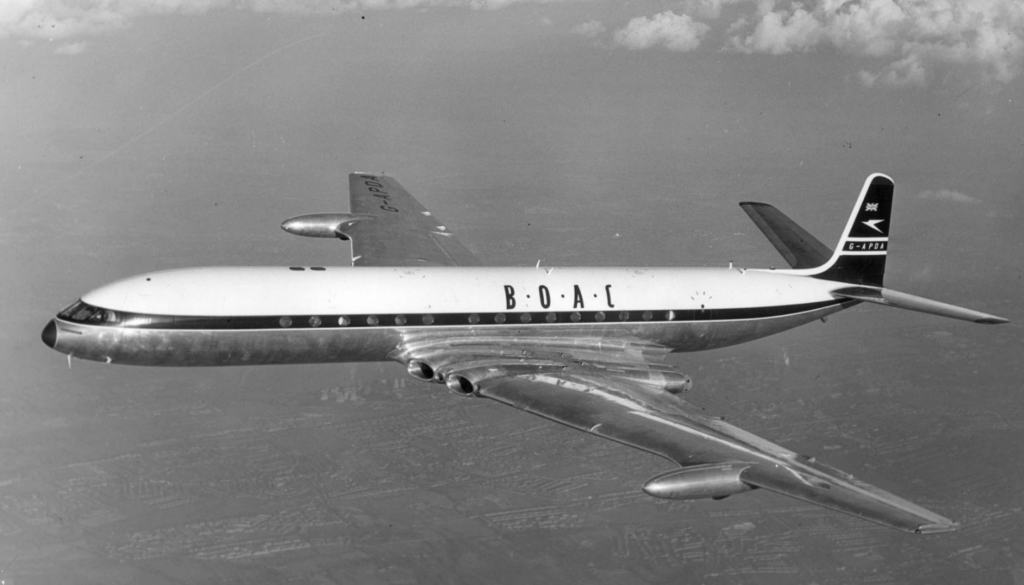
But the solution to Europe’s problems was already taking shape in the form of the Concorde (read more about the Concorde), not the plane itself but the way it was built: by working together. Concorde was the most ambitious Civil Aviation project of the century and by teaming up, the French and the British achieved what neither one of them could have done alone. The Concorde was largely a politically motivated project, and it wasn’t going to save Europe’s aviation of industry, because by the end of the 1960s cheaper not faster was what people wanted. With air travel booming what airlines wanted was an efficient jet that could move more passengers on shorter routes: a large people mover already being referred to as an Airbus. Europe’s aircraft builders had already sketched concepts for airbuses, but none had ever built such an aircraft before making the risks huge and resources limited. So, like the Concorde, the only way to move forward was together, but this time on a much larger scale.
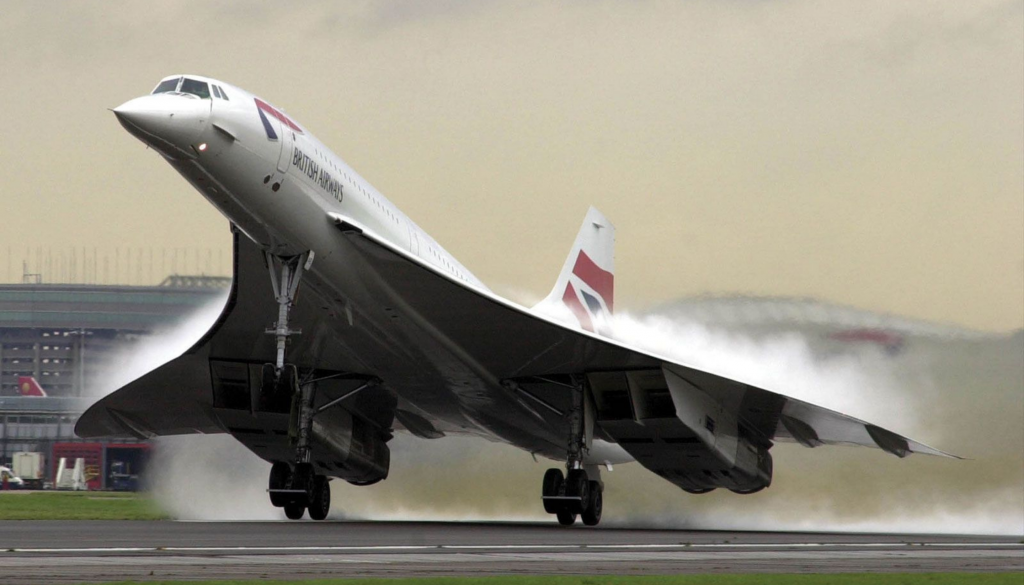
In 1967 France, Britain, and West Germany kicked off the project, they were soon joined by the Dutch and the Spanish. Manufacturers in each country would leverage their expertise: The Germans would build the fuselage, the French would engineer the cockpit and the control systems, The wings would be developed by the British, the control surfaces would be developed by the Dutch, and the Spanish would handle constructing the tailplane. It was cooperation on an unprecedented scale, but to compete, the newly formed consortium would have to build a truly next-generation aircraft. It had to be more efficient and versatile than anything the Americans could offer.
The first-ever Airbus would be a plane airline companies couldn’t afford to ignore. The A300 would simultaneously haul more passengers and cargo courtesy of its wide-body configuration and raised cabin floor than any aircraft of its class before it. A supercritical wing improved its efficiency and allowed it to outclimb any other passenger jet. The A300 would implement some revolutionary aircraft building techniques, it was one of the first planes to use composite materials in its construction. It also featured a host of new automation and safety features like the world’s first wind-shear warning system, an advanced autopilot, electronically controlled braking and secondary flight systems, and a fuel control system monitored with respect to the aircraft’s centre of gravity.
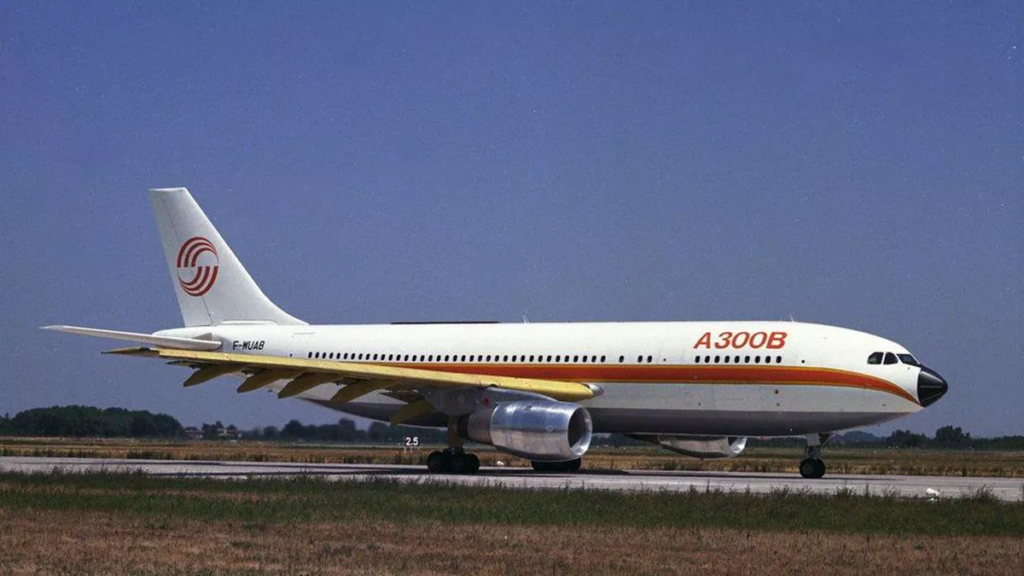
But what set the Airbus apart were its engines. Where every other competitor used 3/4 turbines for a similarly sized aircraft, Airbus only used 2. This made the A300 inherently more efficient and easier to maintain. But to get the A300 built, Airbus would have to pull off an extraordinary feat of logistics. With Europe’s manufacturers scattered across the continent, Airbus implemented a just-in-time production strategy, where components were shipped by land, sea and air often more than 1000 kilometres away and would arrive just in time for final assembly.
But by the time the first Airbus debuted, the challenge wasn’t building the plane, it was selling it. The new company and its twin-engine wide-body configuration were still unproven. Nowhere was this skepticism more intense than in America. A country where foreign products were only seen as bad investments, but bad publicity. So, in a bold move, Airbus decided that the best way to convince airlines is to have the plane prove itself. The plane was marketed as a wide-body alternative for medium-range routes, providing the comfort and capacity of a longer-range aircraft in a medium-range one. And any doubts about Airbus being determined to break into the American market were put to rest, as the Airbus was powered using American made General Electric turbines, it was developed using imperial units and the operating language was English. The plane was built to impress American airline executives, but it couldn’t. All the demonstration fights in the world couldn’t change the fact that many doubted the future of Airbus as a company.
All that paired with the global recession and the fuel crisis meant that Airbus couldn’t sell a single plane. It was starting to look like the entire Airbus initiative was about to fail. But in 1977, in a desperate move, they gave away 4 of their A300 to Eastern airlines to try out for free for 6 months! This genius strategy worked, and the A300 quickly proved to be more reliable and at least 20% more efficient than anything else in Eastern’s fleet. Fully impressed by the plane’s performance and spurred by Airbus’s dealmaking, Eastern airlines placed an order for the purchase of 23 A300s for a whopping $778 Million. Their gamble paid off, and with a reputable airline like Eastern operating A300s, the company received credibility for its high-performance standards and efficiency. And with an improving global economy, by the 1980s Airbus as a company caught on with hundreds of orders being placed around the world.
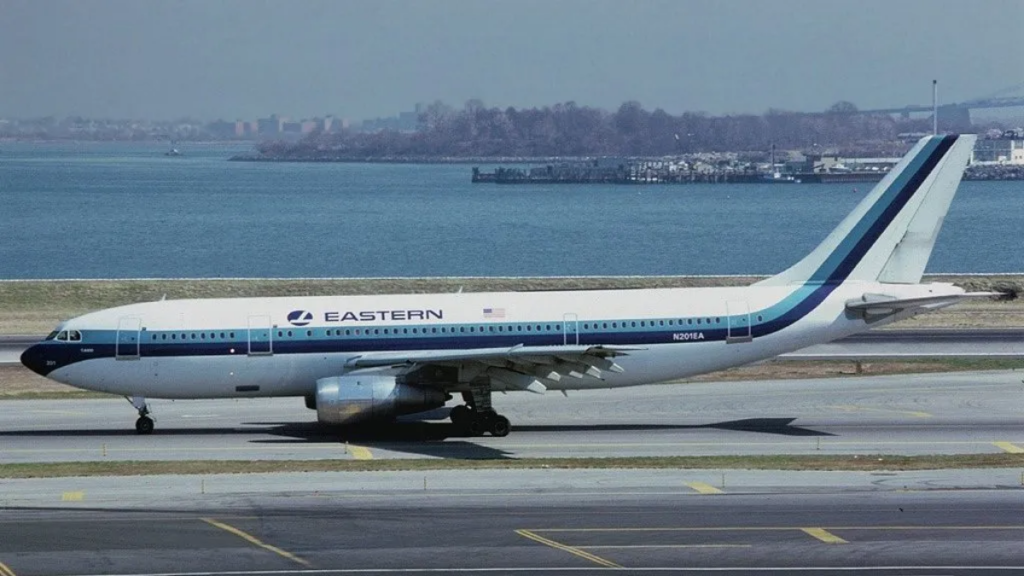
The A300’s innovations would go on to influence an entire generation of airliners, and its twin-engine configuration would soon become a world standard. Airbus changed the landscape of aviation forever.
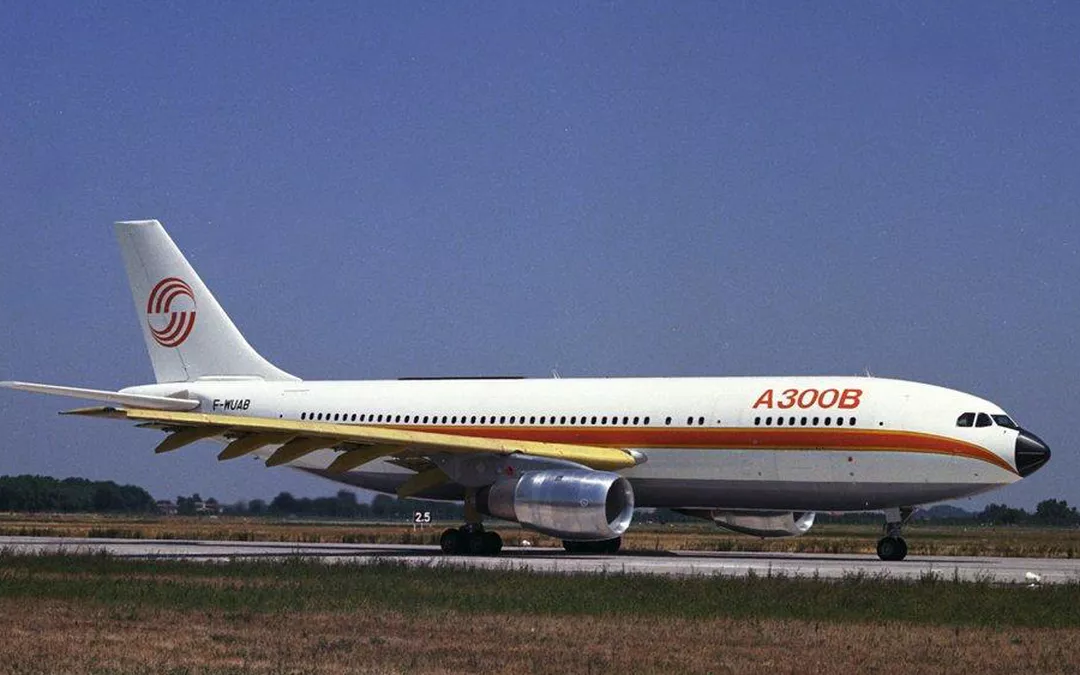
Thanks for your blog, nice to read. Do not stop.
I’m not sure where you’re getting your information, but great topic. I needs to spend some time learning more or understanding more.
Thanks for magnificent information I was looking for this information for my mission.
sigorta kutusu
I’m not sure where you’re getting your information, but good topic.